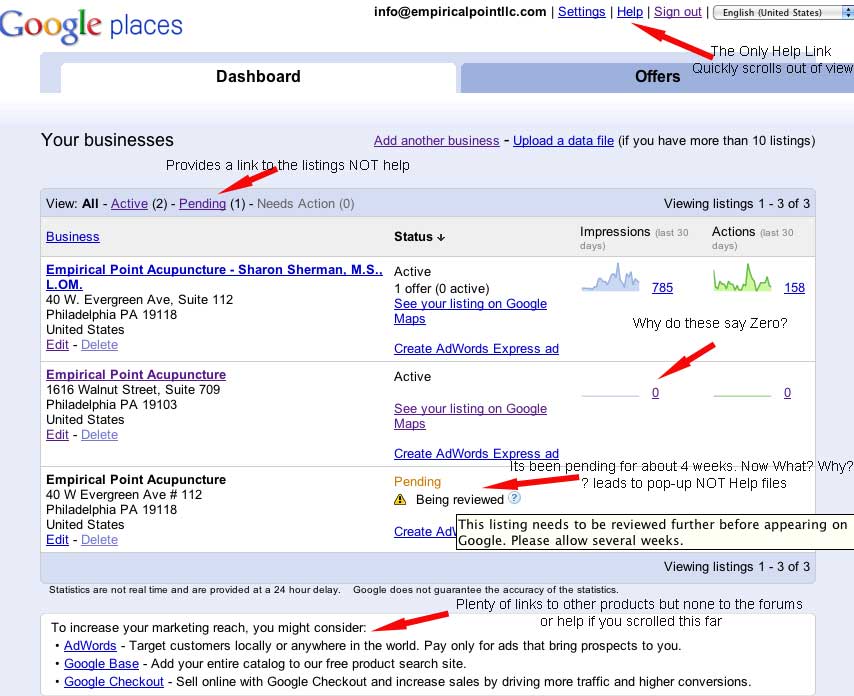With Apple’s announcement of the release of the new iPhone 4s and iOS5 came the expected announcement of the tight hardware and software integration of their Siri natural speech technology. It appears to be integrated at the highest level of the user interface.
 Mobile search on the iPhone has been broken. Google offers up voice search but it is by no means a hands free affair and takes way too much screen interaction to provide a result. Google’s product has been quirky and buggy on the iPhone and crashes frequently. Since the discontinuation of Goog-411, the 411 service on the iPhone has been only marginally functional due to a weak data sources for even the simple task of call completion.
Mobile search on the iPhone has been broken. Google offers up voice search but it is by no means a hands free affair and takes way too much screen interaction to provide a result. Google’s product has been quirky and buggy on the iPhone and crashes frequently. Since the discontinuation of Goog-411, the 411 service on the iPhone has been only marginally functional due to a weak data sources for even the simple task of call completion.
Hopefully tight integration of voice with the phone will change all of that. The voice recognition system will read back texts, allow you to schedule an appointment AND do local search.
How does it do with local search? And where will it get its data?
The answer to the first question is that voice search on the existing Siri app is far better than Google’s voice product or the built in 411. That is a step in the right direction but passing the hurdle set by Google on the iPhone is not that difficult. It does a good job on the recognition side and it currently has an easy to use interface which will improve with integration and returns reasonable results.
Interestingly the current Siri app pulls data from a wide range of data sources to answer your questions. That is true with business listing data as well. Depending on the local search it might show results from Yelp, Yahoo, CityGrid, Localeze or BooRah. I presume that it uses even more sources than I have so far discovered and it appears to be agnostic as to where it gets its data. Siri also seems to mix and match sources when necessary.
Ultimately local will be almost 100% about mobile. That battle, at least for now, is Google vs. Apple. In local data that appears to mean Google vs. Everybody else (that Apple partners with). Does Siri solve the mobile search problem?
It is in the very early stages and users behaviors are not yet defined. Testing and time will tell if it offers up enough substance to be fluidly integrated into every day phone activity and local search. Here’s hoping.


